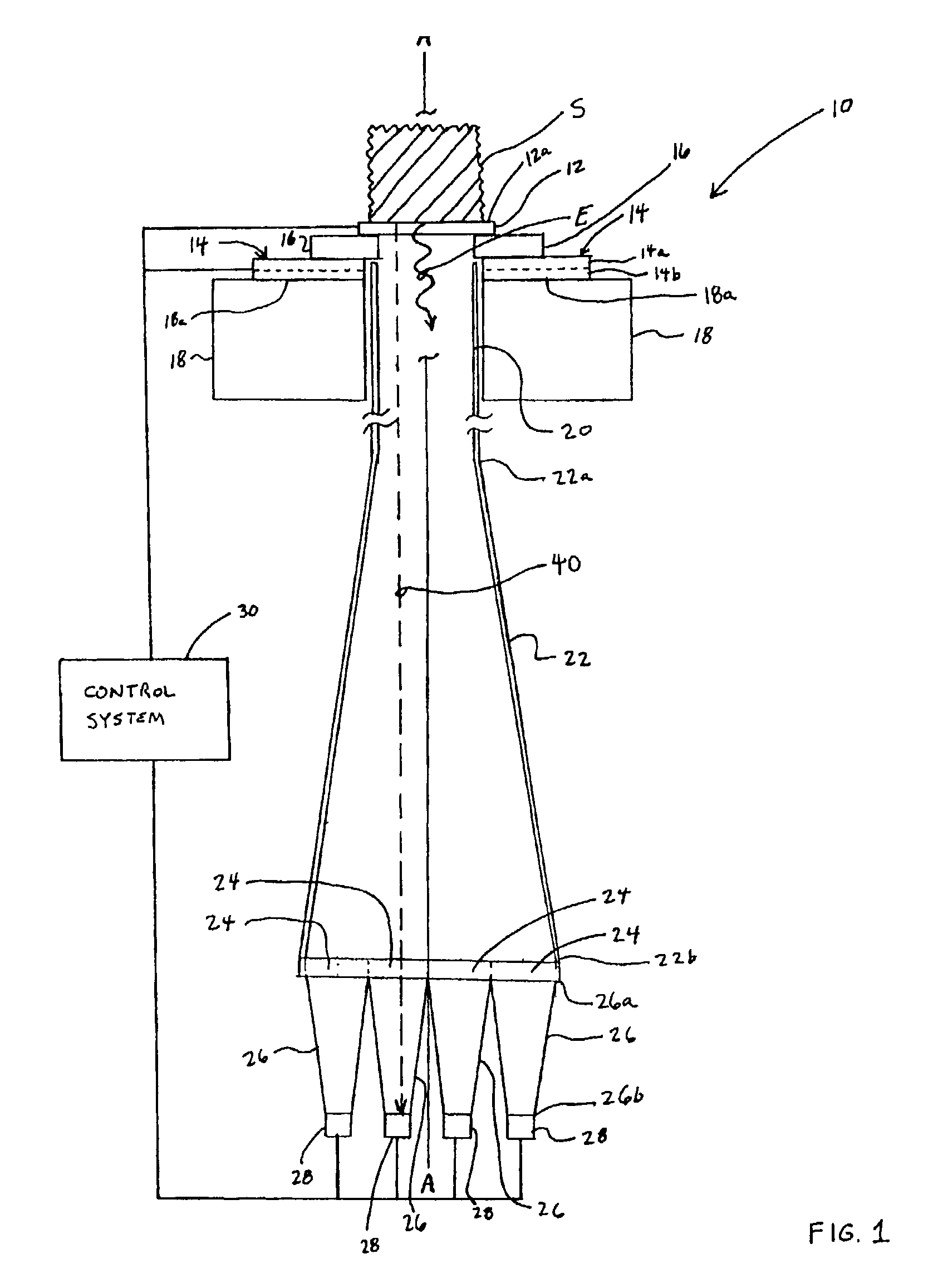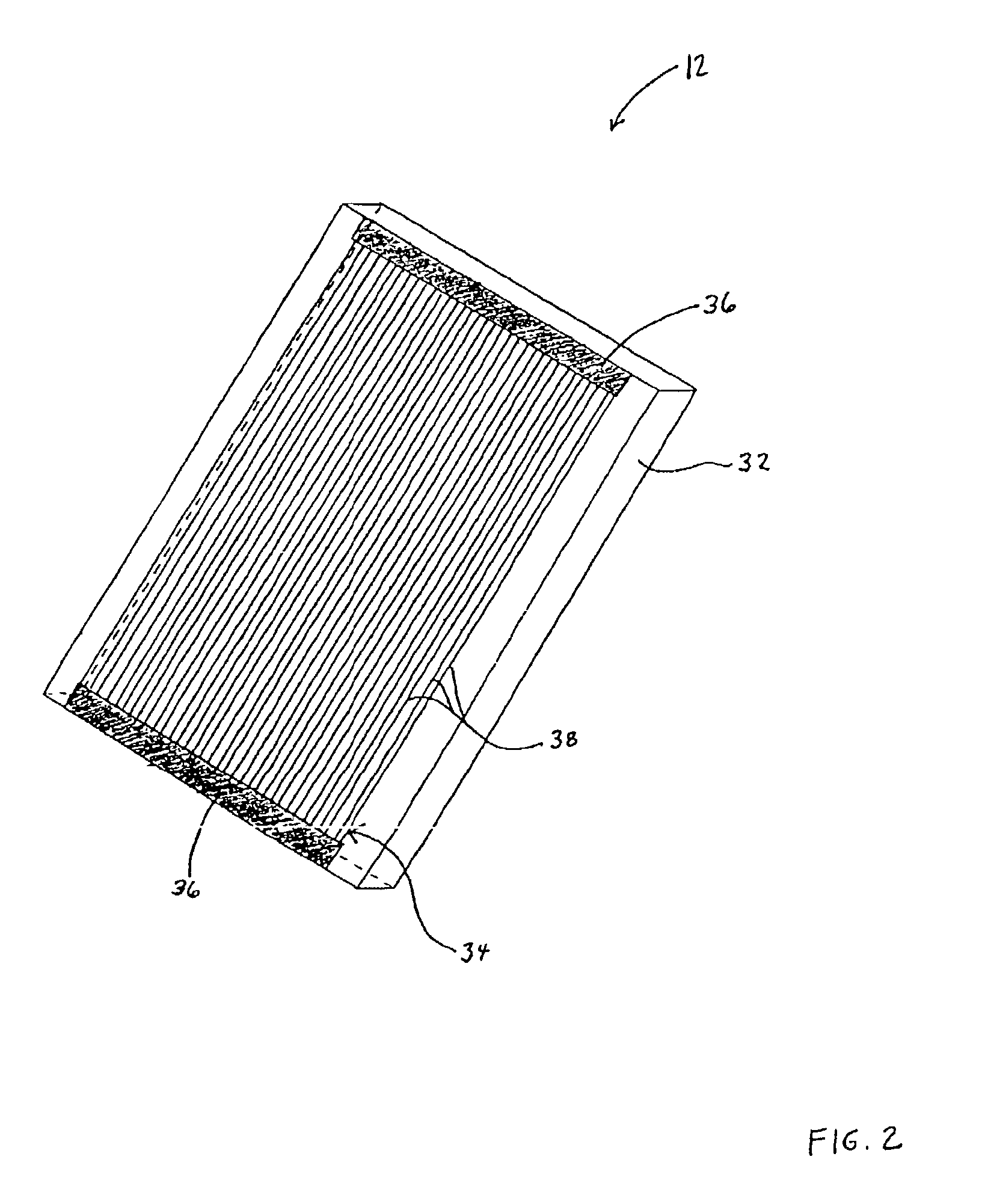Device and method for in vitro determination of analyte concentrations within body fluids
a technology of in vitro determination and body fluid, applied in the field of determining analyte concentration, can solve the problems of limited performance, problems relating to reagents, and problems, and achieve the effects of improving the stability of the monitor and the test strip, reducing the cost of reagents, and improving the accuracy of the results
- Summary
- Abstract
- Description
- Claims
- Application Information
AI Technical Summary
Benefits of technology
Problems solved by technology
Method used
Image
Examples
Embodiment Construction
[0065]Although certain preferred embodiments and examples are disclosed below, it will be understood by those skilled in the art that the invention extends beyond the specifically disclosed embodiments to other alternative embodiments and / or uses of the invention and obvious modifications and equivalents thereof. Thus, it is intended that the scope of the invention herein disclosed should not be limited by the particular disclosed embodiments described below.
I. Overview of Analyte Detection Systems
[0066]Disclosed herein are analyte detection systems, including a noninvasive system discussed largely in part A below and a whole-blood system discussed largely in part B below. Also disclosed are various methods, including methods for detecting the concentration of an analyte in a material sample. The noninvasive system / method and the whole-blood system / method are related in that they both can employ optical measurement. As used herein with reference to measurement apparatus and methods,...
PUM
| Property | Measurement | Unit |
|---|---|---|
| wavelengths | aaaaa | aaaaa |
| wavelengths | aaaaa | aaaaa |
| wavelengths | aaaaa | aaaaa |
Abstract
Description
Claims
Application Information
 Login to View More
Login to View More - R&D
- Intellectual Property
- Life Sciences
- Materials
- Tech Scout
- Unparalleled Data Quality
- Higher Quality Content
- 60% Fewer Hallucinations
Browse by: Latest US Patents, China's latest patents, Technical Efficacy Thesaurus, Application Domain, Technology Topic, Popular Technical Reports.
© 2025 PatSnap. All rights reserved.Legal|Privacy policy|Modern Slavery Act Transparency Statement|Sitemap|About US| Contact US: help@patsnap.com



